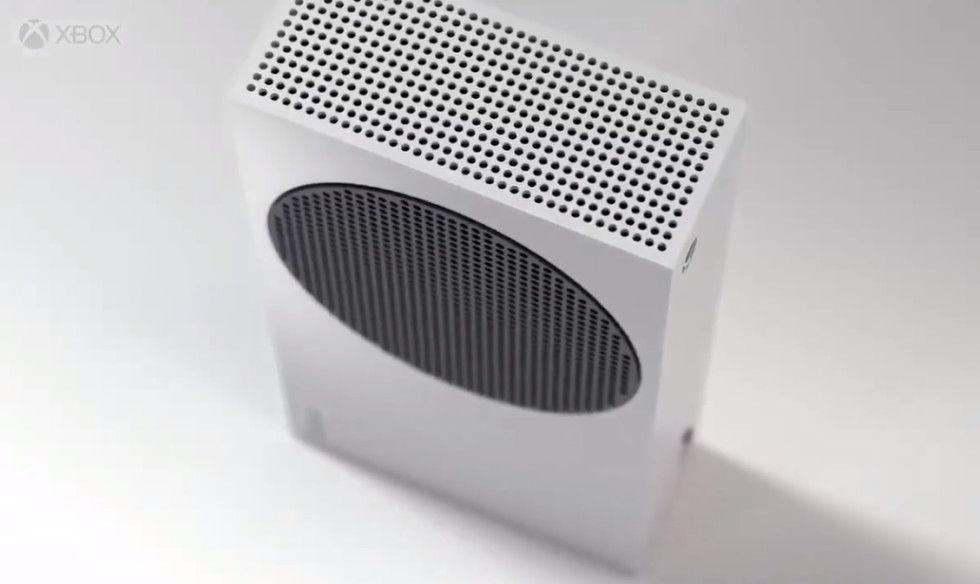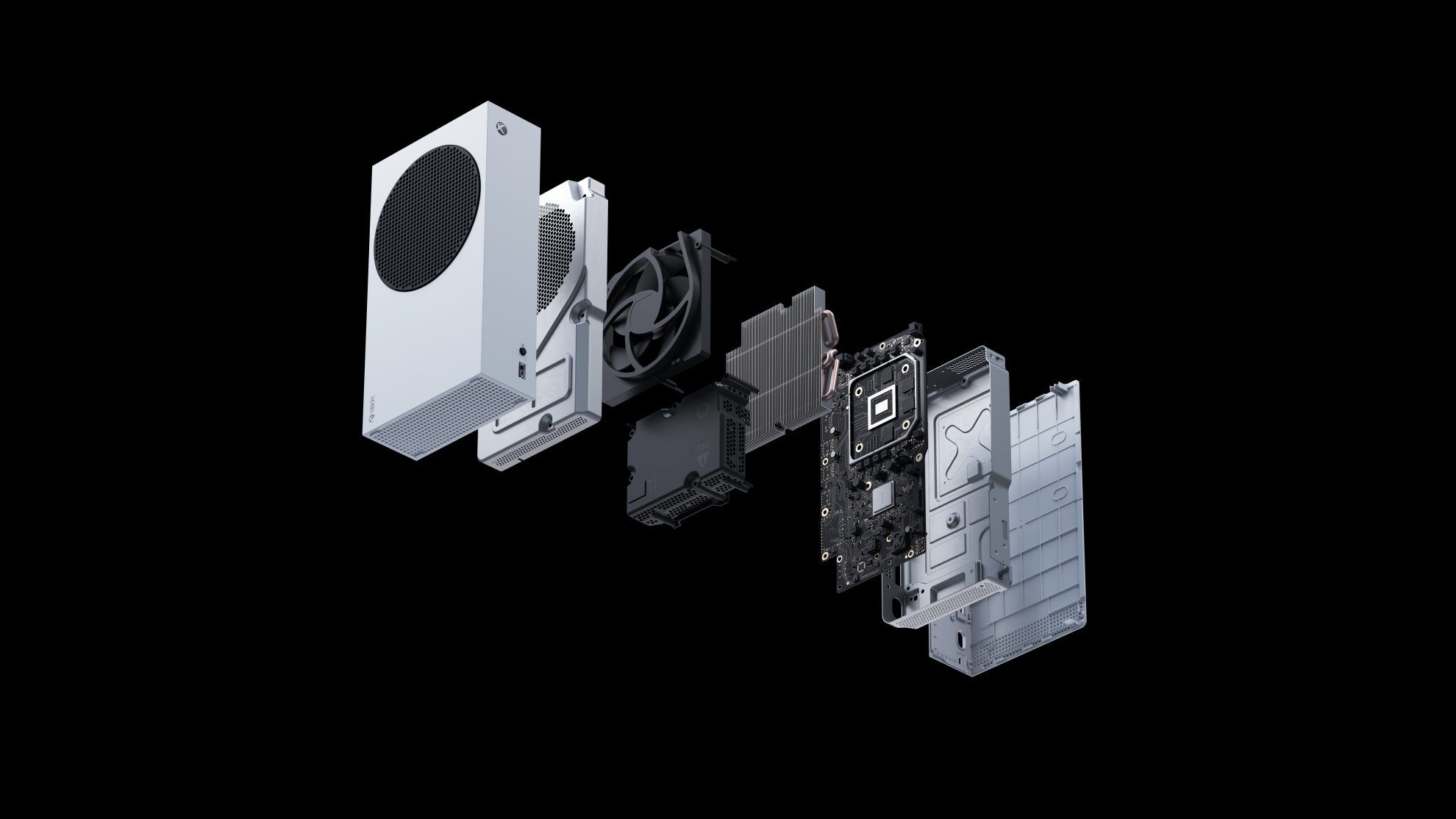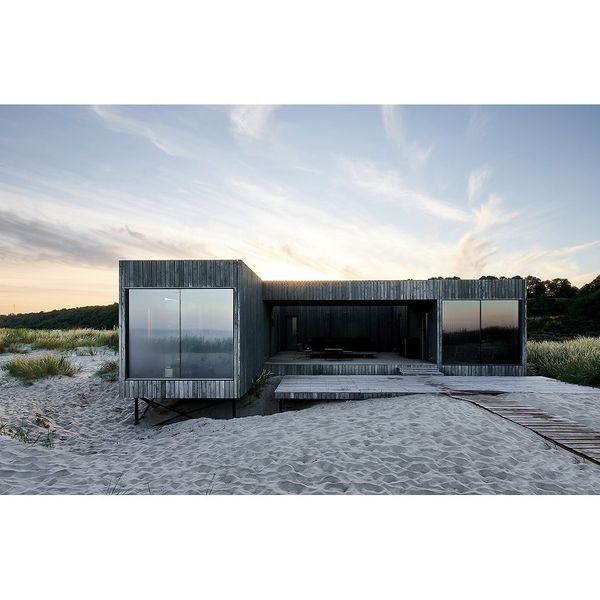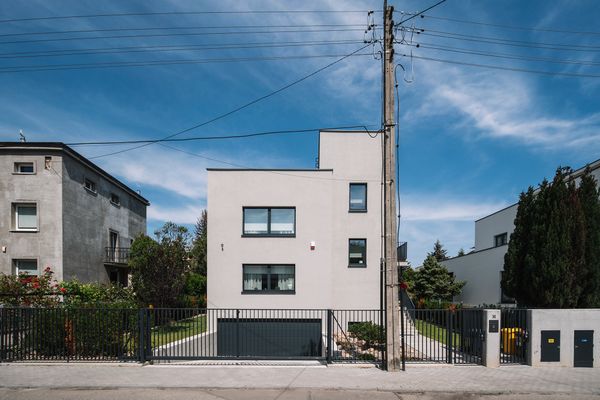Geometric and strict forms, clean aesthetics – it looks as if Microsoft Xbox’s latest product ‘Series S’ was inspired by Dieter Rams.
Xbox announced the release of Series S: the latest design comes without a disc drive, resulting in a smaller console than ever before –it’s 60% smaller than previous versions. The features of the quick, compact device are evocative of the products of Braun released in the 1950s, designed by Dieter Rams. As a representative of modern design, Rams voted for geometric forms, easy recognizability and rational, puritan appearance –he summarized his approach to design in the 10 principles for good design, which seem to be evergreen, seeing Microsoft’s latest product.
Documentary director Gary Hustwit also noted the similarity, and raised the question in an Instagram post: is it imitation, inspiration or hommage?





The device will be available from November 10, for a reasonable price of $299.
Source: core77

Hungarian lands in Monocle magazine

Atlantic ambience up north | Nordic Spa










